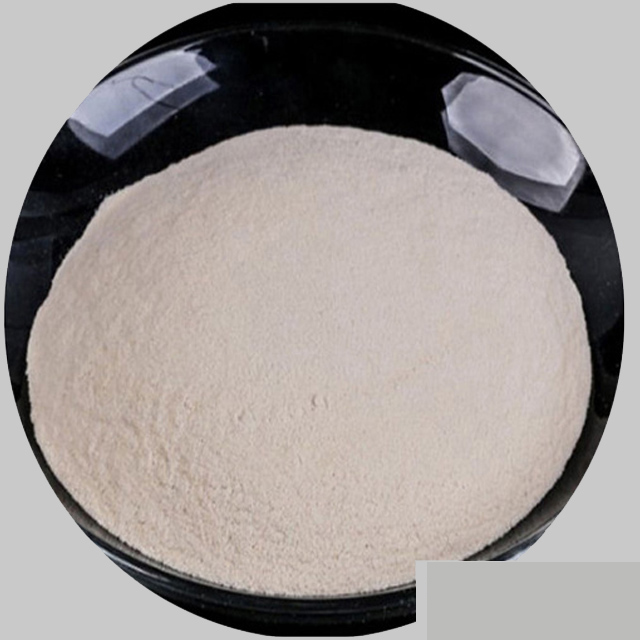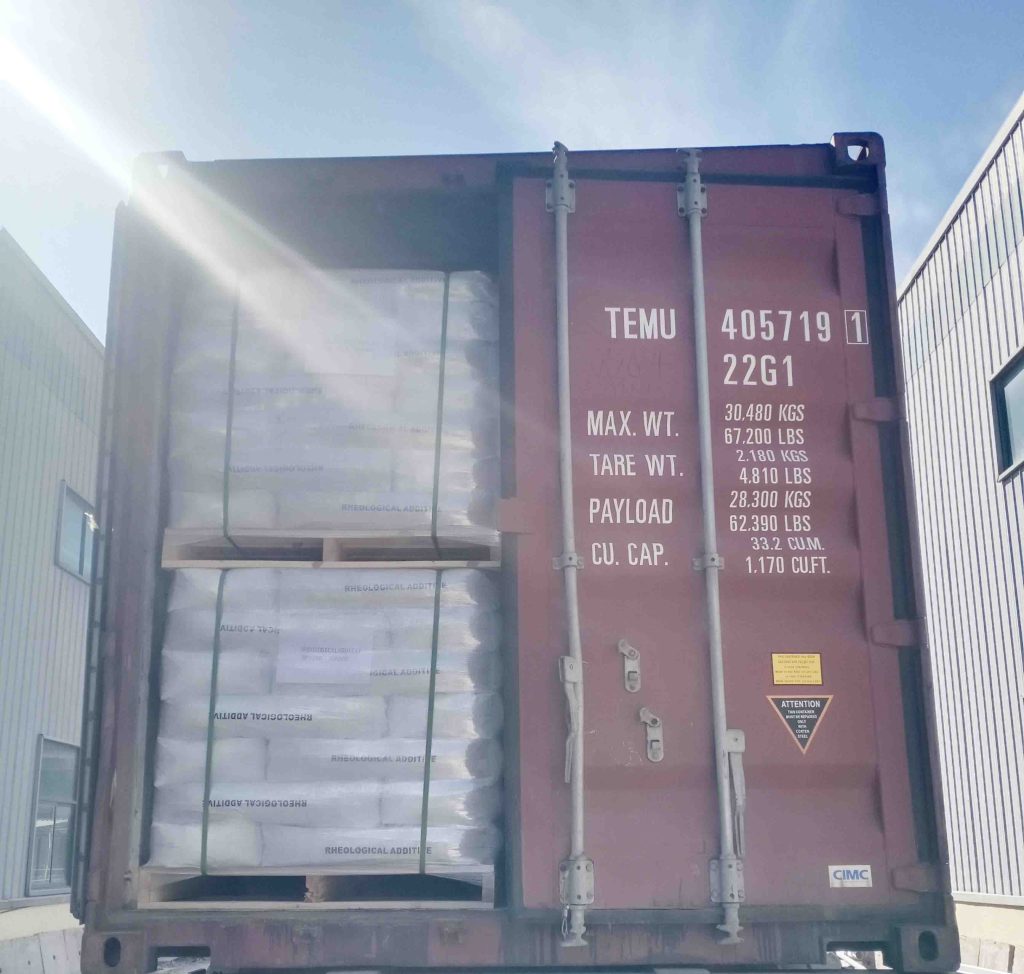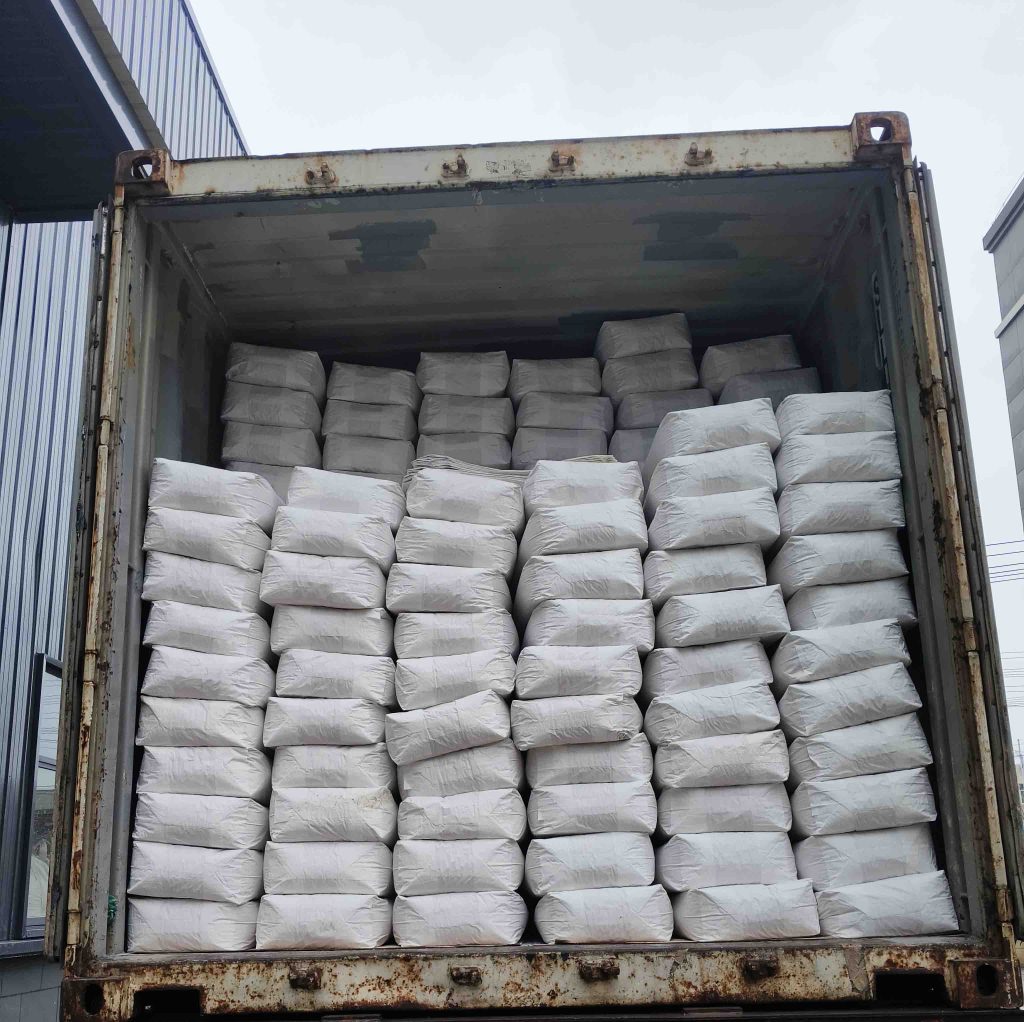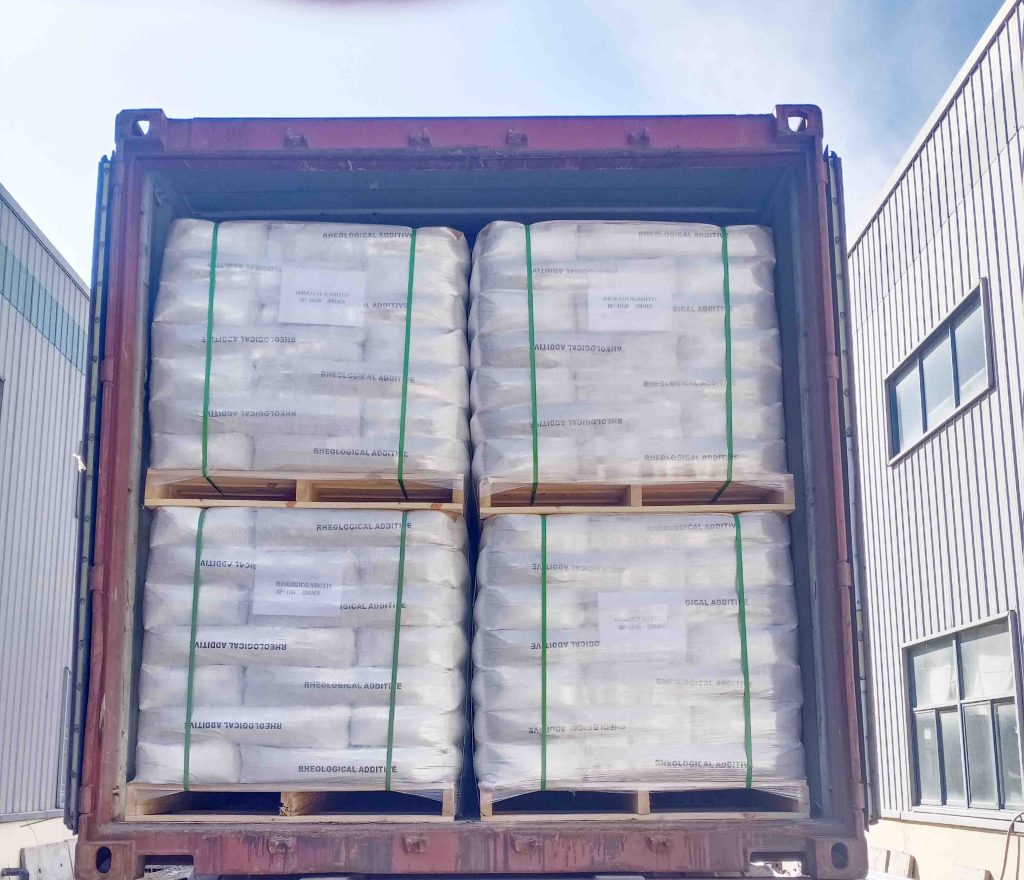Hollow beads and glass beads have significant differences in material, density, physical properties and applications. When choosing to use them, it is necessary to make separate choices according to the actual applications and scenarios.

What Are Bead Blasting’s Applications?
| Aerospace industry | Remove rust and paint from mechanical components to remove knife marks. |
| Remove scratches on the rubber | Reflective paint for roads |
| Scratch treatment on the surface of stainless steel. | |
| Foundry industry; | Pre processing in the electroplating industry. |
| Semiconductor Industry | Crafts for exterior decoration |
bead blasting vs sandblasting
Bead blasting vs sandblasting
The difference between glass beads sandblasting and sandblasting
(1), the selection of different types of abrasives is glass beads sandblasting and sandblasting the difference between the two. Ordinary sandblasting with the abrasive is steel sand or aluminum sand. The abrasive used for glass beads is glass bead abrasive.
(2), glass beads sandblasting is often used for metal and stainless steel surface treatment, to remove the surface of the oxide layer and impurities, dirt, burrs. After sandblasting, the surface is usually smooth and clean.
(3), sandblasting abrasives used in addition to quartz sand, aluminum oxide, and calcium carbide and so on. It is mainly used to remove paint, rust, and engraving on the surface of various materials. Sandblasting is mainly used in the construction industry, aviation industry, manufacturing industry.
(4), in terms of cost of bead blasting vs sandblasting, glass bead blasting cost low environmental protection and high efficiency it can achieve the effect of cleaning and roughening, to remove the surface of the oxidized layer and pollutants.
Ordinary blasting is more suitable for some bridges and steel structures, boiler plates and other links. Ordinary sandblasting allows some scratches on the surface, while glass bead blasting generally does not leave any scratches on the surface.
In short, the essential difference between glass bead blasting and sand blasting is that they not only use different abrasives, but also produce different performance in the application, and at the same time, the environment they are used in is also different.
Bead blasting vs sandblasting
Size of glass beads for blasting
Model of Bead blasting glass | Sieve Size (mesh) | Particle Size Range(μm) |
WSL17L# | 20~40 | 425 ~ 850 |
WSL 18L# | 30~40 | 425 ~ 600 |
WSL 19L# | 40~60 | 300 ~ 425 |
WSL 20L# | 60~100 | 150 ~ 300 |
WSL 21L# | 70~140 | 106 ~ 212 |
WSL 22L# | 100~140 | 106 ~ 150 |
WSL 23L# | 100~200 | 75 ~ 150 |
WSL 24L# | 140~200 | 75 ~ 106 |
WSL 25L# | 140~270 | 53 ~ 106 |
WSL 26L# | 200~325 | 45 ~ 75 |
Bead blasting vs sandblasting
Specification of Bead blasting glass
| Specific gravity | 2.4-2.6 g/m3 |
| Stacking density | 1.5g/cm3 |
| Type | Blasting / Shot Peening Media |
| Spherical | |
| Rockwell hardness: | 46HRC |
| Mohs | 6-7 |
| Round rate | 80% |
| Melting point | 710-730 ℃ |
| Index of refraction | 1.5—1.6 |
Bead blasting vs sandblasting
Advantages of glass bead blasting:
1. gentle treatment: because the glass beads, its abrasive diameter is relatively small, the density is relatively small, so in the treatment of the surface is relatively smooth and bright, the surface produced by the scratch does not exist.
2. No pollution. Glass beads are very environmentally friendly, can be used repeatedly, its chemical properties are very stable, low dust, for the operator source is very safe. bead blasting vs sandblasting.
3. glass beads sandblasting energy consumption is relatively small, so it can reduce production costs, is a very economical and practical products.
4. Glass beads are mainly used for polishing and cleaning of plastics, stainless steel, aluminum alloys and metal parts, and rust removal.
5. Compared with ordinary sand blasting, the cost of glass bead blasting is slightly higher, because it causes very little damage to the product, and it can always maintain the precision of the workpiece.
6. The abrasive force of glass beads blasting is relatively weak, so it will be slower when it rubs, and it will take more time to complete the same surface treatment effect.
7, the ability of ordinary sandblasting, surface treatment is relatively strong, because it grinds off the capital is relatively large, the resulting polishing effect is also relatively strong, to remove dirt and other impurities in the greater strength.
8, ordinary sand blasting allows some scratches in the sand blasting process, so it is suitable for use on bridges, steel structures, boilers and other environments.
9, ordinary sand blasting is easy to cause some pollution to the environment, it will emit some dust and harmful substances.
The above is the difference between glass beads and ordinary sand blasting, we suggest that you carefully consider when choosing, for your requirements and objectives to choose the appropriate sand blasting.


